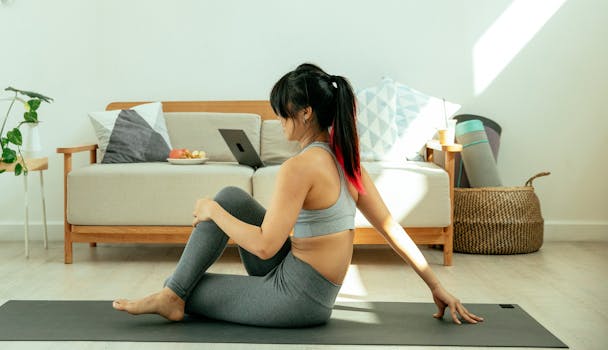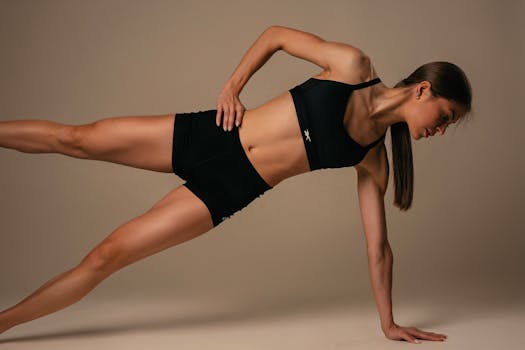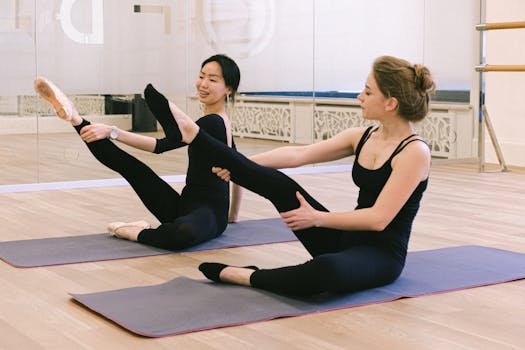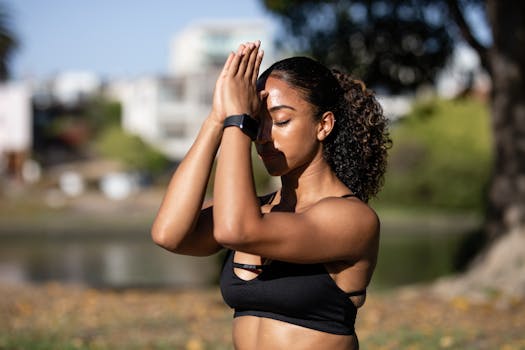Exploring Different Styles of Yoga: Hatha, Vinyasa, Ashtanga, and More
Takeaways: Yoga is a versatile practice with various styles catering to different needs and preferences. Hatha offers a gentle introduction, Vinyasa emphasizes breath and movement, and Ashtanga provides a rigorous, structured routine. Understanding these styles can help you choose the practice that best suits your lifestyle and goals.
Yoga is more than just a physical workout; it’s a holistic approach to well-being that combines physical postures, breath control, meditation, and ethical practices. With numerous styles available, each offering its unique benefits and challenges, it can be overwhelming to navigate through them. In this article, we will explore some of the most popular styles of yoga, including Hatha, Vinyasa, and Ashtanga, to help you find the practice that resonates with you.
Hatha Yoga

In a typical Hatha yoga class, practitioners can expect to hold poses for longer periods, allowing for deeper stretches and greater body awareness. This style emphasizes alignment and can be a great way to build strength and flexibility over time. Hatha is also known for its calming effects, making it an excellent choice for those looking to reduce stress and enhance relaxation.
Due to its foundational principles, Hatha yoga serves as the stepping stone for many other yoga styles. For more insights into Hatha yoga, you can explore Yoga Journal’s Hatha Yoga Guide.
Vinyasa Yoga

One of the key features of Vinyasa is the concept of ‘vinyasa,’ which refers to the transition between poses. This continuous movement fosters a sense of rhythm and helps build strength, flexibility, and endurance. Classes may include a variety of poses, often incorporating sun salutations and standing sequences.
For those looking to deepen their understanding of Vinyasa yoga, check out Verywell Fit’s Overview of Vinyasa Yoga.
Ashtanga Yoga

Ashtanga incorporates the same poses in each practice, which allows for a deeper understanding of each posture over time. The practice is also characterized by the use of ‘drishti’ (gaze) and ‘bandhas’ (energy locks), which enhance focus and energy flow. Due to its intensity, Ashtanga is generally recommended for individuals with some prior yoga experience.
To learn more about Ashtanga yoga and its benefits, visit The Ashtanga Yoga Research Institute.
Other Styles of Yoga

- Yin Yoga: A slower-paced style that involves holding poses for extended periods to target connective tissues and promote flexibility.
- Restorative Yoga: Focuses on relaxation and rejuvenation, using props to support the body in restful postures.
- Hot Yoga: Practiced in a heated room, this style aims to increase flexibility and detoxification through sweating.
Each of these styles offers unique benefits and can cater to different needs, whether you’re seeking a gentle practice or a challenging workout.
Conclusion

For more information on different yoga styles and practices, consider visiting Yoga Basics.






